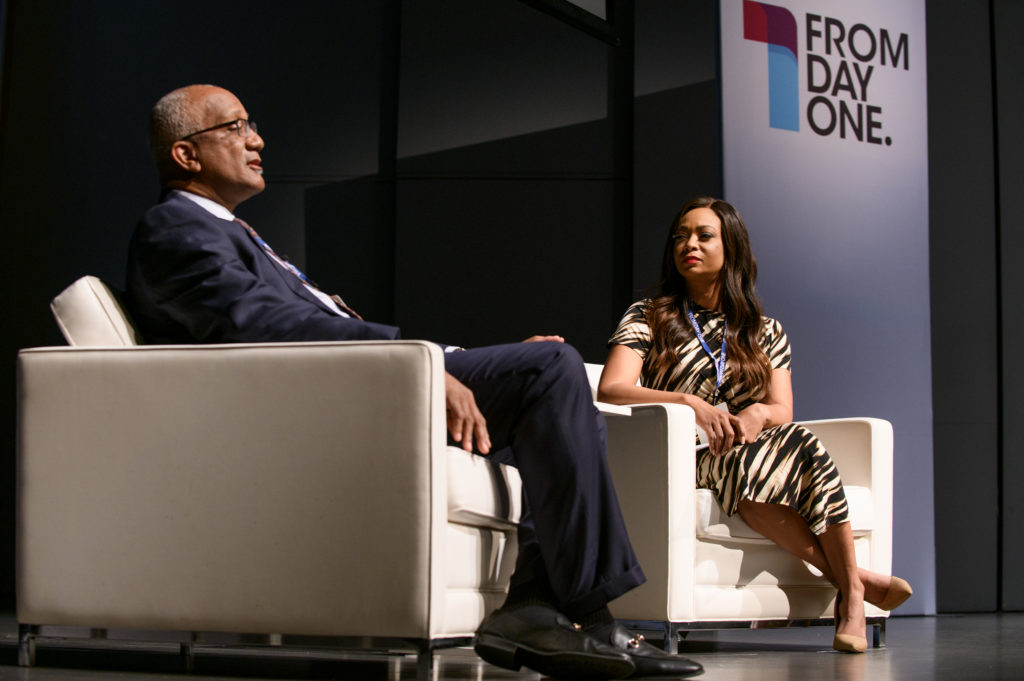When You Take Care of Yourself, You Take Care of Your Business
The importance of well-being in the workplace has remained a focus of organizations around the globe, as William “B.J.” Warren, head of HR effectiveness at Bayer describes, “Pause, reflect, and recognize. It’s all right to take a beat. You have to take breaks.”Constance Jones of NBC 6 South Florida, moderated a panel discussion at From Day One’s Miami conference about “Cultivating Well-Being Through Workplace Culture.” How do you foster a workplace environment that your employees are excited to be a part of? The panel brought insight into that question with a variety of viewpoints but a general theme that workplace culture fosters well-being within the organization. The Three F’s of Creating a Sense of Community and BelongingWorkplace autonomy fosters a community environment as Kathleen Procario, VP of HR, North America, Bacardi, outlines the three F’s that build a culture of community and belonging at Bacardi. “We have something called the three F’s, which are our fearless founder, fearless family and founders mentality, and it’s ingrained in everything we do. It’s very rewarding to be working at Bacardi. It’s a place where we’re encouraged to be ourselves and really be authentic in our work.”Procario emphasizes that fostering a sense of connection to the organization requires employees to see community culture reflected throughout the business while also promoting individuality and authenticity in the workplace.Creating a Workplace that Promotes a Desire to be PresentAs with many large organizations around the globe, many employees find themselves spending more time at home, away from the office and co-workers, and using technology to bridge the lack of physical connection. What keeps employees connected not only to the people they directly work with, but also with the company as a whole? Fernando Casadevall, CHRO of World Kinect Corp., shares the importance of trying new things in the workplace to keep the environment fresh. It’s important to “create those opportunities where people can be seen, and maybe have opportunity for advancement as well–-seeing and working with each other and kind of sprinkling in some events, and then mix it up, right? You do something for a couple of months, change it up, because people just get bored of it, right? So you have to always be trying to change things around that, and maybe go seasonal, do things that are important. It’s not one size fits all for a company, because what’s important for us here in Miami is different for our employees in Singapore than it is in the UK, right?”Panelists shared their ideas on the topic "Cultivating Well-Being Through Workplace Culture," at From Day One's Miami conference Knowing where people are working is a major factor in bridging the gap between large spaces created by remote or hybrid work. Organizations need to be creative with what is important to their specific employees. Taking a survey of what is important to the company as a whole while pairing down to the individual to see what community building activities make sense for all. How to Make Every Worker’s Encounter with HR SatisfyingMaking HR more than just a logistic place for procedural points of contact within a company changes the willingness of employees to seek out those connections when it is needed the most. What moments matter to the employees sitting across from you and what can you do to foster a conversation centered around understanding. “For us it’s about looking at what are those moments that really matter for employees, where the interactions that they have with HR or the conversations that they have with people leaders are those about very meaningful things,” said Warren. “So even in the introduction, about if you lose a family member, or maybe you’re bringing someone new into your life, that’s the conversation you’re having and talking about those not where do I find my paycheck or how do I enter my performance goals? And so, we really focus heavily on first staying, what are those moments that matter?” he said. The Power of Food in the WorkplaceWho doesn’t like a free lunch but more importantly who doesn’t like a mental break in the middle of the day? Zak Kovat, director, people operations and talent at ezCater said “From our lunch rush report last year, we surveyed 5000 US office workers. 90% of them said that they’re more productive when they actually take a lunch break.” But they found that only around 38% of people take their lunch break–so offering it and encouraging it is an inclusive perk. Food might not always be the answer but often a snack paired with the company of a coworker might be. Promoting a Culture of Well-being in the WorkplaceEach of the panel members discussed what they do to make sure they are taking care of themselves in the workplace. Some of the practices of the panel members included, being intentional with breaks, yoga, going on walks, using technology like an Apple Watch as a reminder to move, weekly check ins on Sunday, participating in mini learning activities of 5-30 minutes, and doing things that you really enjoy. Jeff Williams, U.S. president and CEO of Aptia, says it’s important to ensure people are taking their time off. “Make them take time off, because not only are they going to do better, but the employees that you keep saying are two years away gives them a chance to step in and lead on behalf of those leaders, not just notionally, but really making quality decisions while those leaders are off. Make the leaders take the time, make the people step up and get some real experience as part of your succession plan.”There is life outside of work, and well-being can be brought into the workplace. It takes a conscious effort of awareness and practice not only for companies to promote well-being but for employees to feel good about participating. Tabitha Cabrera, Esq. is a writer and attorney, who has a series of inclusive children's books, called Spectacular Spectrum Books.





